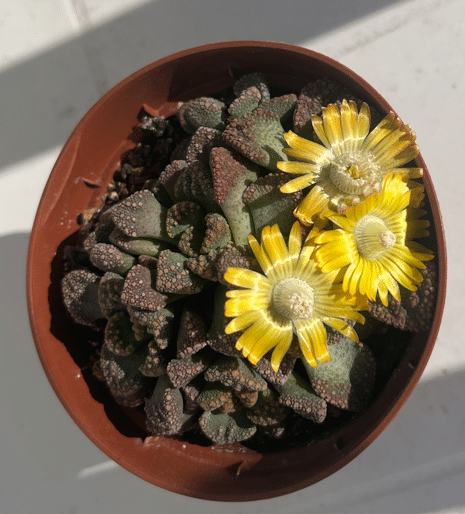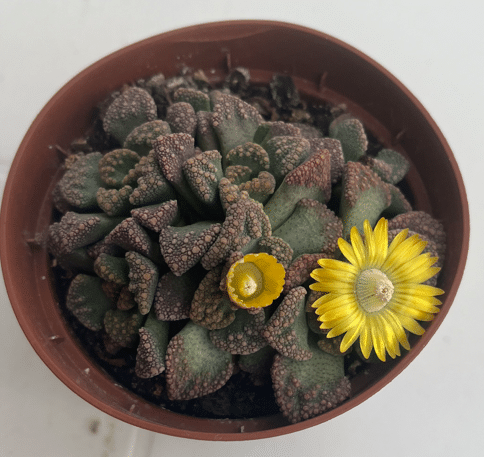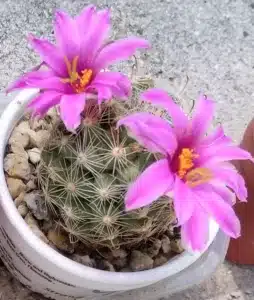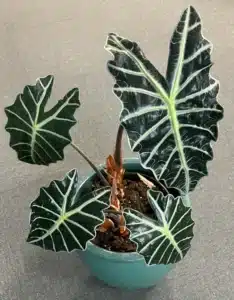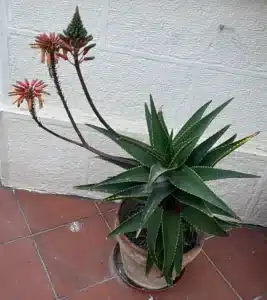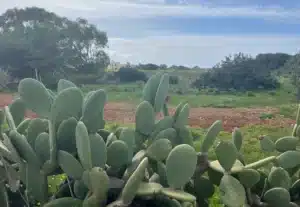
FAQ - Titanopsis plant - Concrete Leaf
Most frequent questions and answers
Yes, Titanopsis is a relatively low-maintenance succulent, making it suitable for beginners. Just be mindful of its watering needs and provide the right growing conditions, and your Titanopsis should thrive. Although, if you are in a norther region with dark winters you may need extra light for the plant to be happy.
Titanopsis might not bloom every year, and its primary appeal lies in its foliage. Ensure the plant receives proper care, including adequate light and well-draining soil, to encourage blooming. However, occasional non-flowering does not necessarily indicate a problem with the plant.

